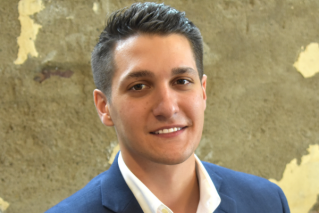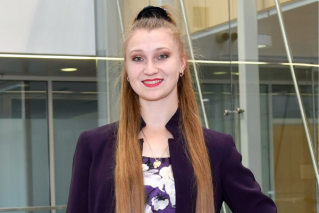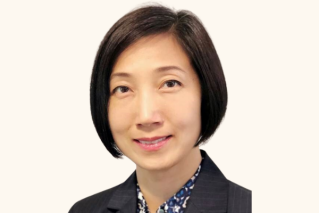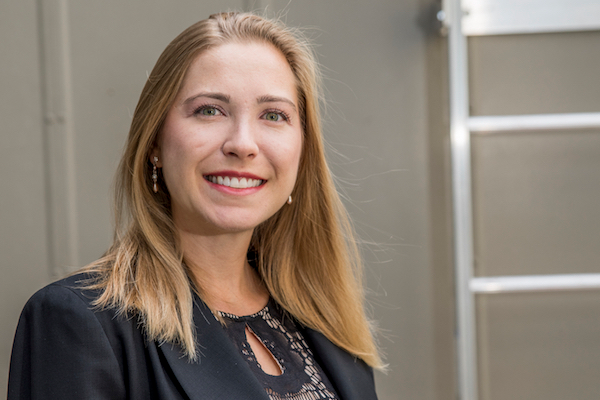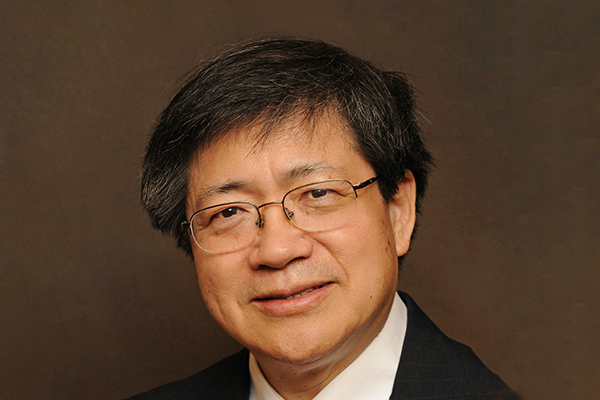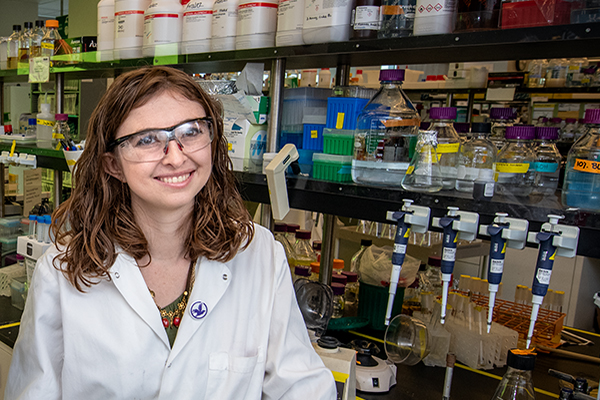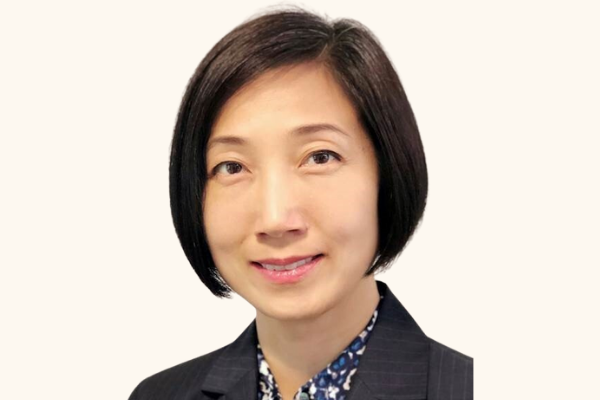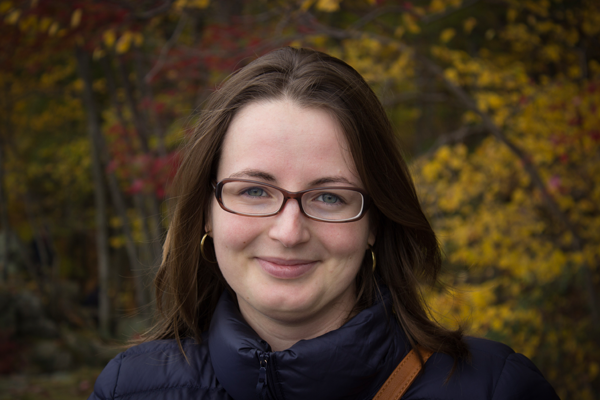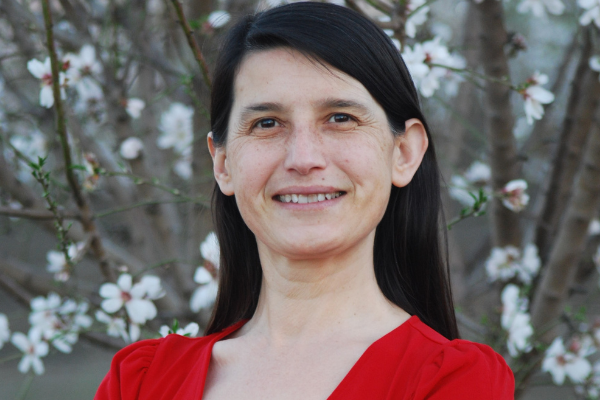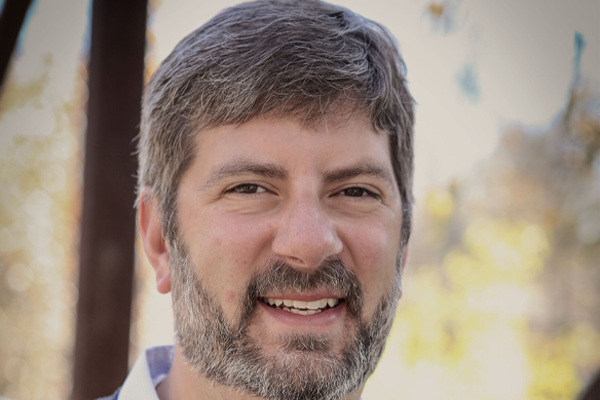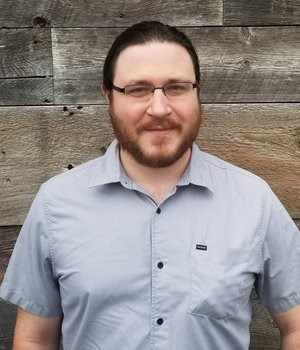
Dr. Jeremy Minty is a biotechnology entrepreneur dedicated to addressing the global problems of fossil fuel dependency and climate change. Jeremy co-founded Ecovia Renewables with Dr. Xiaoxia “Nina” Lin in 2014 to commercialize their pioneering research at the University of Michigan in Ann Arbor. Their work in designing, constructing, and modulating microbial ecosystems inspired the original basis of Ecovia’s fermentation platform. Ecovia’s mission has evolved to develop and commercialize cost-effective routes for producing high-performing biobased ingredients and materials. Dr. Minty earned his undergraduate and doctorate degrees in Chemical Engineering at the University of Michigan.
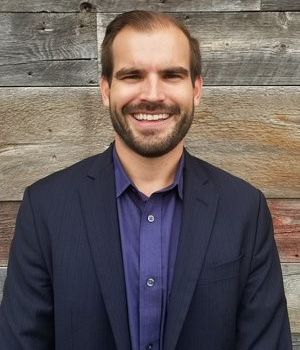
Mr. Andrew Hertig’s multi-disciplinary approach combines marketing and communication skills with industry experience as a former bench biologist. Mr. Hertig started his career at Metabolix, Inc., where he worked in metabolic engineering on high-yield production of poly-3-hydroxybutyrate (PHB) in plants. Next, he led business development at Therapeutic Systems Research Laboratories where he helped raise $4.2 million in non-dilutive grant funding for small and large molecule drug development. He joined Ecovia Renewables full time as Chief Business Officer in 2017. Mr. Hertig holds an MBA from Boston University, graduating with Honors in 2013. He also holds a BS in Biology from Penn State University and is a Certified Licensing Professional (#2623).
Jeremy did the initial research that led to the development of the biopolymers that Ecovia produces—how did you both find each other and team up to launch Ecovia?
JM: After conceiving the idea to start a company, one of my initial goals was to recruit a co-founder with business background and experience. I sent a recruitment ad through a University of Michigan business school email list, which caught the attention of Drew, who immediately saw the potential of the technology.
After a quick coffee meeting, we both decided to work together on a National Science Foundation (NSF) Small Business Technology Transfer Phase I grant proposal to seek seed funding for Ecovia. While the company was awaiting funding, Drew continued to moonlight for Ecovia on nights/weekends.
I transitioned to full time from my post-doc position at the University of Michigan to fill the CEO role. The company started gaining significant momentum in 2017 after we won AkzoNobel’s Imagine Chemistry competition, and Drew decided to join Ecovia full-time in 2017 as the Chief Business Officer. With Drew on the team we were able to gain further traction, culminating with the negotiation of a joint development agreement (JDA) with a corporate partner and Series Seed financing round in 2018.
Drew—how did you transition from bench biologist to business professional? What sparked that change?
DH: I have had a passion for life science as long as I could remember. I was living my dream when I was hired as a research associate at Metabolix Inc., now Yield10 Bioscience, right out of college. Over a few years in an associate role, reality set in and I realized that without additional academic training (i.e. MS or PhD) I might hit a brick wall in my career as a bench biologist.
I wanted to make a bigger impact at an organization. I decided the best way to do this was to broaden my soft skill set at business school. For a young professional in R&D, I found it rewarding to both pursue an MBA and work part-time at a technology transfer office. Combining a scientific foundation with business acumen has allowed me to apply my passion for life science to commercializing life changing products.
Jeremy—what made you and Dr. Lin decide that the research you had done had commercial applications and should be commercialized?
JM: Dr. Lin and I developed an efficient, fermentation-based bioprocess to produce 100% biobased and biodegradable polyglutamic acid (PGA) products. These chemistries mimic conventional synthetic acrylate/acrylamide polymers, which are used in variety of applications. One of the most important decisions that Dr. Lin and I made prior to launching Ecovia was to jump in and embrace the customer discovery process (through participating in the national NSF I-corps and related state/local programs), in order to identify the best commercial opportunities for our technology.
We engaged with hundreds of stakeholders across the value chain, all the way down to consumers/end-users, hunting for pain points and unmet needs we could serve with our technology. Through this process, we identified a significant need for biobased and biodegradable alternatives for acrylates/acrylamides in wash-off and single-use consumer products (e.g. cosmetics and diapers), due to increasing consumer concerns about synthetic chemicals and expectations for natural/green materials, as well as increased regulation of single-use materials and more recently microplastics.
What would be a commercial application you have not yet seen for Ecovia that you would like to implement?
DH: We developed an efficient bioprocess to grow and extract commercial quality PGA that can be used as a multi-functional alternative to synthetic acrylate/acrylamide polymers. We can further modify PGA to form eco-friendly materials that can be used as biobased and biodegradable superabsorbents. I would love to see brand owners or absorbent hygiene manufacturers adopt our superabsorbent AzuraGel material to replace synthetic, oil-based acrylate superabsorbents in their products. We could eliminate millions of tons of waste every year from landfills in the United States alone.
What obstacles do you face in navigating the typical tradeoff of sustainability and cost-effectiveness in the development of polymers at Ecovia?
JM: Industrial fermentation processes require significant capital investment, long timelines, and expertise to develop and scale-up. Likewise, achieving reproducibility is more challenging compared to conventional chemical processes. As a result, we are identifying infrastructure partners with track records of successfully scaling-up comparable fermentation processes to ours. We have identified specific considerations that need to be managed in order to minimize risks as we scale, including mixing/aeration, solids handling, and downstream processing, and we are working closely with potential partners and service providers to address these potential challenges
Has COVID-19 impacted Ecovia Renewables’ operations or sales? If so, how?
DH: Covid-19 has adversely impacted our fundraising and partnering timelines and our ability to make progress on R&D and manufacturing milestones. As a result, key process and product development activities were temporarily paused and our laboratory personnel headcount reduced during the shut-down period.
We are grateful to have received funding from the US Small Business Administration's Paycheck Protection Program (PPP) and the Tech Startup Stabilization Fund, a capital support program led by InvestDetroit Ventures and the Michigan Economic Development Corporation. As we move forward, we will find creative ways to build on our partnering momentum and set ourselves up for success when the pandemic is over.
This article has been edited for length and clarity. The opinions expressed in this article are the author's own and do not necessarily reflect the view of their employer or the American Chemical Society.
Copyright 2020 American Chemical Society (All Rights Reserved)

